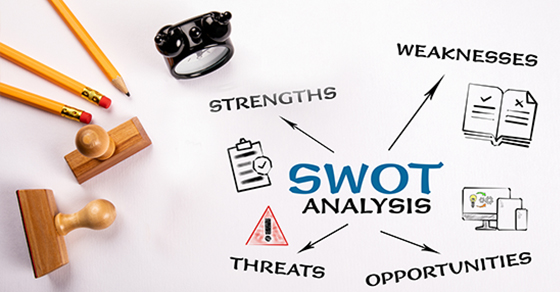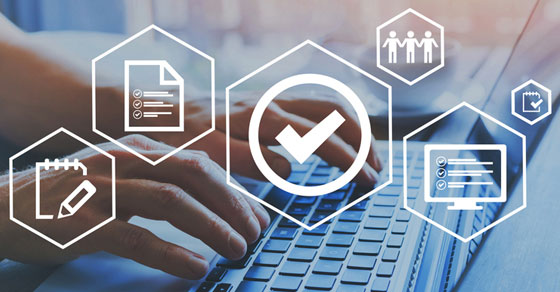
Unfortunately, many businesses have experienced problems with collections during the COVID-19 pandemic. Accounts receivable are a major item on most companies’ balance sheets. Slow-paying — or even nonpaying — customers or clients adversely affect cash flow. Proactive measures can help identify collections issues early and remedy them before they spiral out of control.
Recognize the warning signs
To stay on top of collections, be aware of the following red flags:
Anonymous clients. Some prospective customers don’t seem to exist anywhere other than, say, a vague email address. This is a sign to move cautiously. It’s not too much to expect that even start-up businesses have some sort of online presence, a physical address, and a working email address and phone number.
Empty assurances. One warning sign is clients who ask that work on their product or service start immediately, but without providing assurances that payment will be forthcoming. In some industries, it might be common practice for suppliers to provide goods or services, and follow up with invoices later. When that’s not the case, however, consider the lack of credible assurances to be a warning sign. That’s especially true if a prospective customer is vague on the budget for a project.
Future earnings as payment. Customers who promise some portion of future earnings as payment may be legitimate. But, before you begin work, nail down the terms and decide if the potential reward compensates for the risk.
Perpetual nitpicking. A client who regularly finds fault with minor details of a project may keep it from ever getting off the ground. While clients have a right to expect the level of quality promised at the outset of a project, those who seem to continually search for reasons to criticize products or services may be using their purported dissatisfaction to avoid paying for their purchase.
Take precautionary measures
If you’re skeptical you’ll be able to collect from a customer, it’s wise to ask for a retainer or deposit up front before starting a project. You can also request progress payments while the project is in process. Additional steps that can help expedite collections include:
- Following up with a firm, but tactful, email when an invoice is overdue.
- Moving to a phone call if follow-up emails aren’t generating a response.
- Trying to contact the customer’s accounts payable staff or business manager, if previous follow-up efforts aren’t working.
If you have clients that continue to withhold payment after these steps, it may be time to take legal action. When it’s necessary to pursue missing payments, persistence pays off.
Need help?
Delinquent payments and write-offs can damage your company’s operations and profitability. Contact us if your business is experiencing collections issues. We can help you sort out your options.
© 2020










